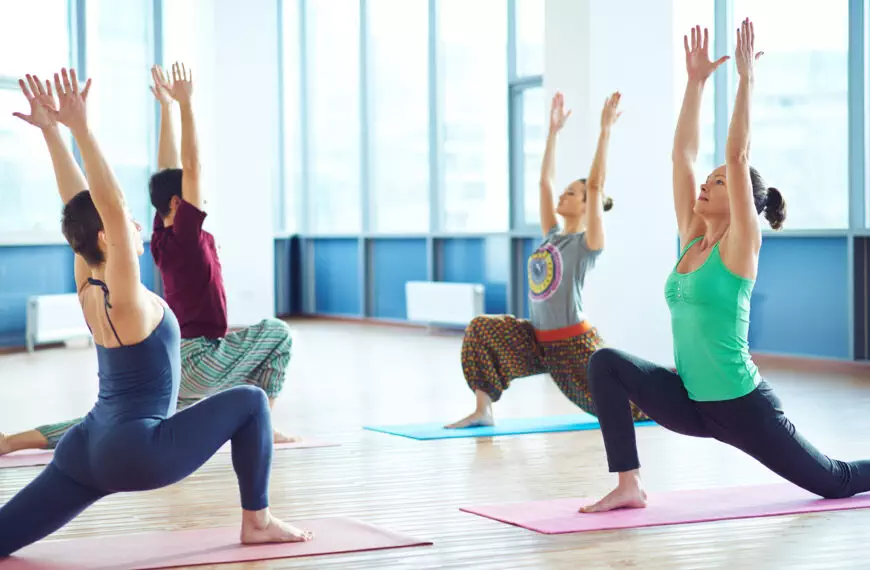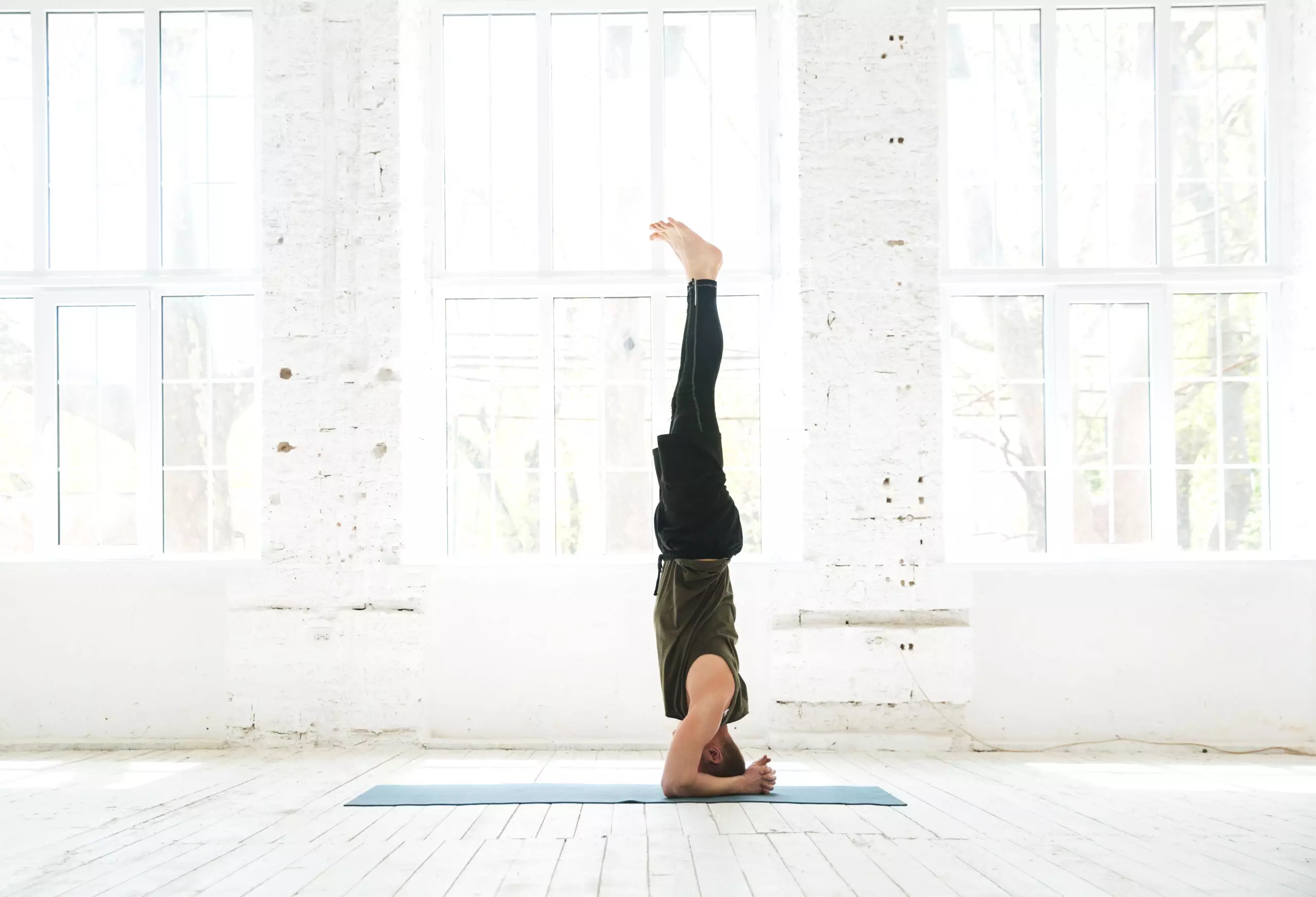Walking has always been one of the most popular forms of exercise, but it’s especially important now during the pandemic. With so many people struggling to stay active due to social distancing measures and health concerns, walking provides a low-impact way to get moving without putting yourself at risk. In this blog post, we’ll explore why walking is such an excellent choice right now, as well as how you can start incorporating it into your fitness routine.
The Importance of Stretching During Exercise
One thing that many people forget when they start exercising is the importance of stretching before and after their workout. This is particularly crucial with walking because it’s a repetitive motion that can put stress on your joints if not done properly. By taking just a few minutes to warm up and cool down with some stretches, you can help prevent injury and improve flexibility.
Fitness Training for Strength and Endurance
While walking may seem like a relatively easy form of exercise, it can actually be quite challenging if done correctly. To make sure you’re getting the most out of your walks, consider incorporating some strength and endurance training into your routine. This could include doing bodyweight exercises like squats or lunges while you walk, adding hills or inclines to your route, or even using resistance bands to increase the intensity of your workout.
Walking as a Perfect Low-Impact Workout
For those who are new to exercise or have mobility issues, walking is an ideal option. It puts minimal strain on your joints and allows you to gradually build up your endurance over time. Plus, it’s something that almost anyone can do regardless of age or fitness level. Even if you’re already an avid runner or gym goer, walking can still be a great addition to your routine for days when you need to take it easier.
Benefits of Walking for Your Health
There are countless benefits to walking for your overall health and wellbeing. Not only does it help keep your heart and lungs healthy, but it also boosts mood, improves cognition, and reduces stress levels. Additionally, regular walking has been shown to lower blood pressure, reduce the risk of certain chronic diseases, and even aid in weight loss efforts.
How to Start Walking for Fitness
If you’re new to walking for fitness, starting small and working your way up is key. Aim for 20-30 minute walks three times per week to begin with, focusing on finding a comfortable pace and distance that works for you. As you become more confident, you can gradually increase the duration and intensity of your walks until you reach your desired goals.

Safety Tips When Walking Outdoors or Indoors
When walking outside, be mindful of your surroundings and wear appropriate footwear and clothing for the weather conditions. If possible, choose routes that are well-lit and avoid areas where there may be hazards like uneven pavement or loose gravel. For indoor walking, find a safe space with plenty of room to move around freely, such as a large hallway or empty gymnasium. And remember to always warm up and cool down properly before and after each walk.
Conclusion
In conclusion, walking is an exceptional form of exercise that can benefit virtually everyone, no matter their age or fitness level. Whether you’re looking to lose weight, improve cardiovascular health, or simply feel better overall, walking should definitely be part of your fitness routine. So lace up those shoes, hit the pavement (or treadmill), and enjoy all the amazing benefits that come from being active!











